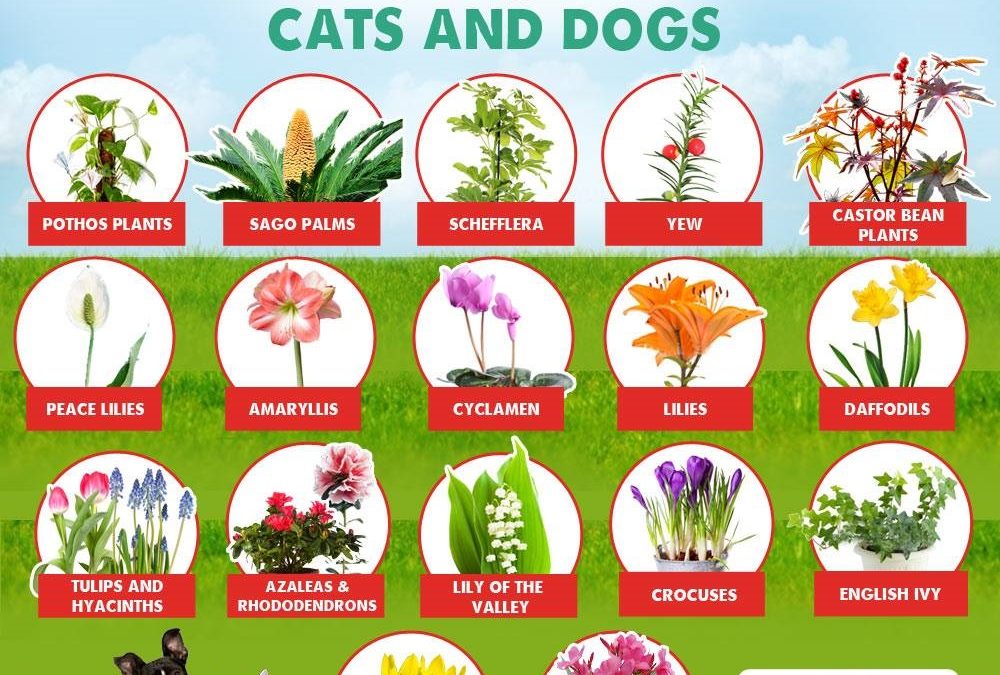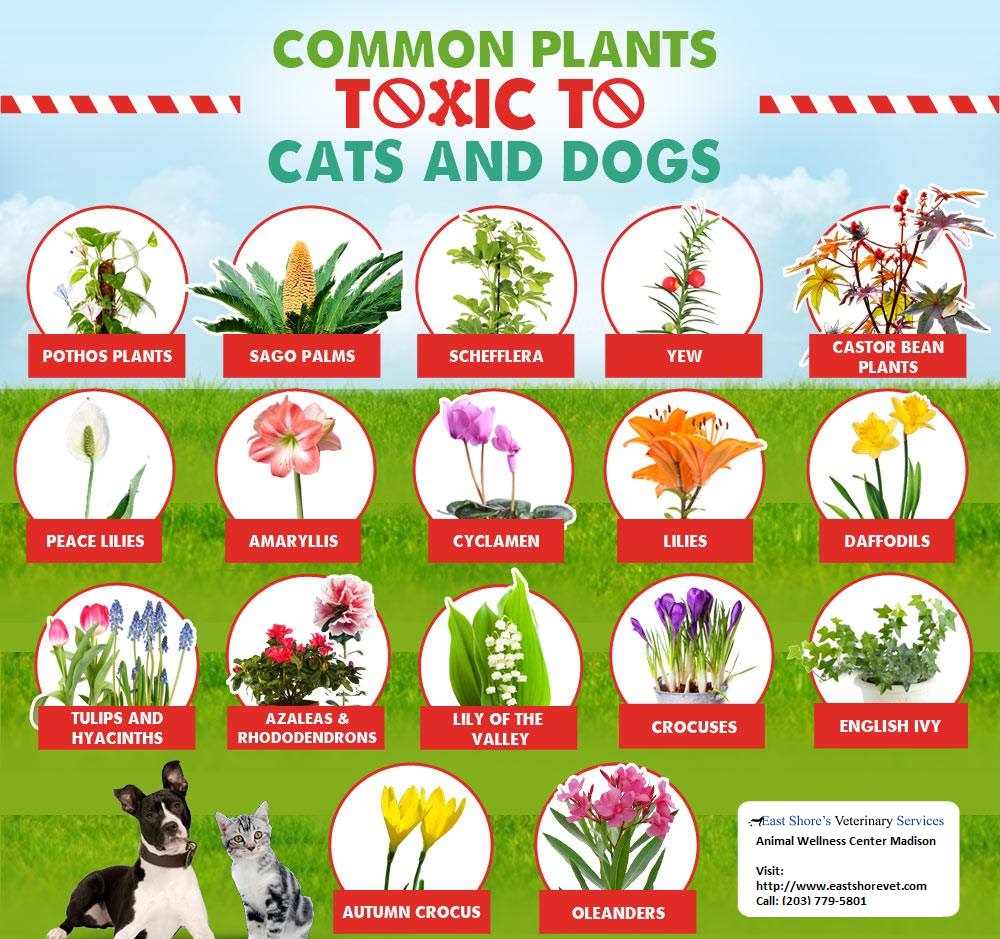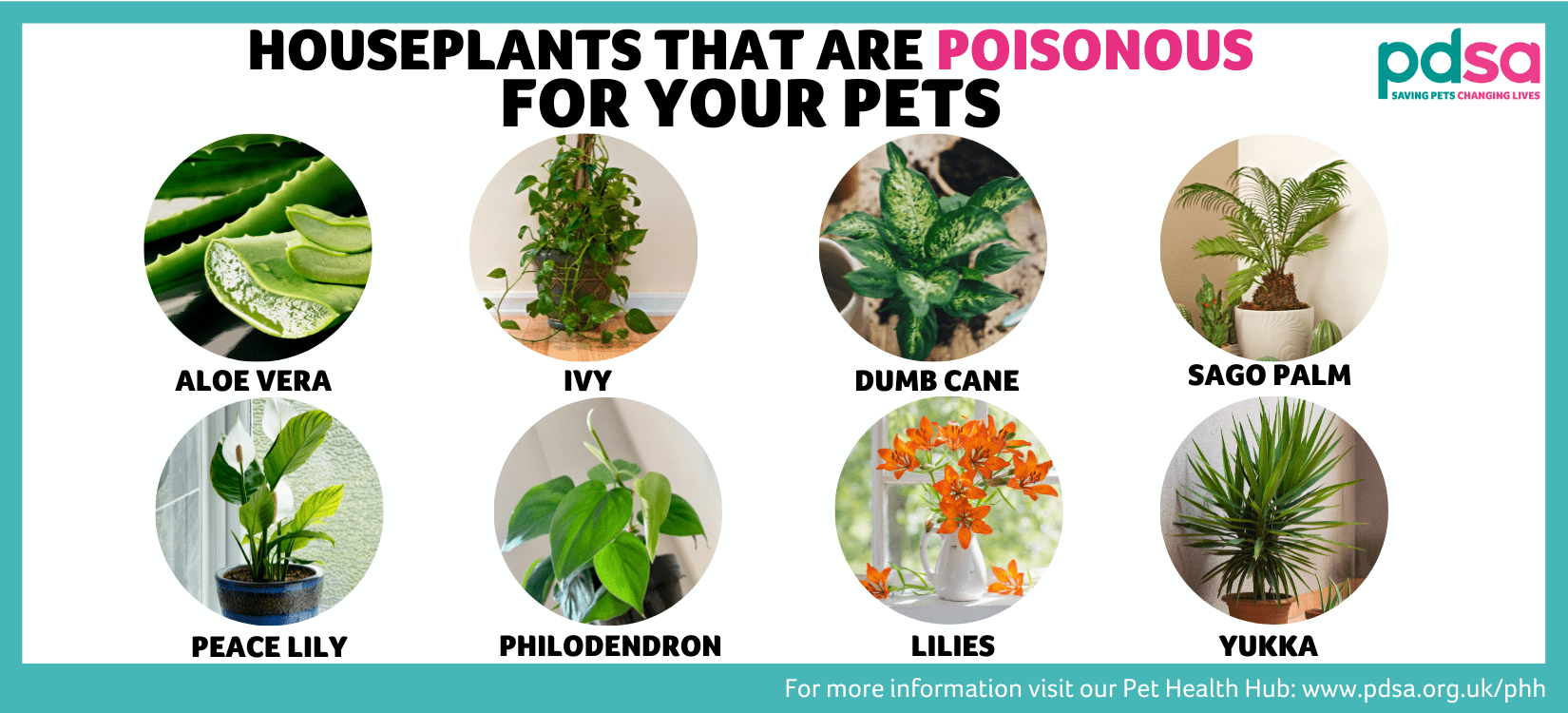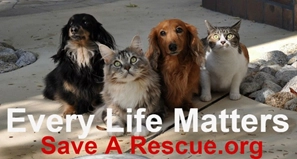Animal Poison Control Center
Pet Poison Help Line: 800-213-6680 [charges may apply] and/or: ASPCA: 888-426-4435
Although many indoor plants may look harmless not all plants and flowers are safe for our four-legged family members to be around.
Chewing & ingesting plants that are poisonous can cause illness and/or in serious cases even death. It pays to check whether your indoor and outdoor plants and flowers are safe. “An Ounce of Prevention Is Worth a Pound Of Cure”…mama always said…
Poisonous Plants for Cats & Dogs
There are many varieties of common household and garden plants that may pose a risk to your pet. The list below lists just some of the plants that may cause harm to your Cat or Dog:
- Aglaonema
- Aloe Vera
- Amaryllis
- Arrowhead Vine
- Azaleas
- Bird of Paradise
- Cherries
- Daffodil
- Daphne
- Dracaena Deremensis
- Dracaena Fragrans
- Dracaena Marginata
- Hyacinths
- Iris
- Jasmine
- Lilies, Tiger, Day, Asiatic, Easter, Japanese
- Lily of the valley
- Mayapple
- Mistletoe
- Monkshood
- Moonseed
- Narcissus
- Nightshade
- Oak tree
- Poinsettias
- Rhododendrons
- Rhubarb
- Sago Palms
- Tulip
- Wisteria
- Yew
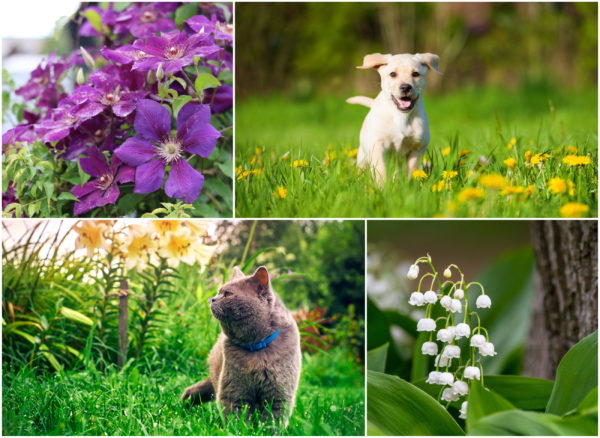
Non-Poisonous Plants for Your Dogs & Cats
- Gloxinia
- Impatiens
- African violets
- Baby tears
- Banana leaves
- Spider plants
- Bromeliad
- Venus Fly Trap
- Parlor/Areca palm
- Boston Fern
- Calathea Zebra
- Chinese Money Plant
- Friendship Plant
- Polka Dot Plant
- American Rubber Plant
- Cast Iron Plant
- Orchid
- Bird’s Nest Fern
- Peperomia
- Mosaic Plant
- Ponytail Palm
- Purple Waffle Plant
- Staghorn Fern
- Royal Velvet Plant
- Majesty Palm
- Roses
- Sunflowers
As different plants have different poisonous parts, and with some containing toxins in all parts of the plant, it’s best to avoid leaving any potentially lethal flora in the house, or planting them in our gardens, as we can’t always control what our pets may decide to snack on.
Symptoms of Dogs or Cats Eating Poisonous Plants
1. Check your pet’s body and mouth to remove any remaining poisonous matter.
2. Try to collect a sample of the poisonous element (including anything your pet may have thrown up).
3. Get to your vet immediately. It’s always a good idea to keep the number of an emergency or 24 hour veterinary doctor or hospital at the ready in case of the unexpected after hours or on weekends.
IMPORTANT:
DO NOT give your pet milk, peanut butter, vegetable oil or other soothing or vomit inducing substances. Do not attempt to induce vomiting unless directed by a veterinarian. In some cases, vomiting can make the problem worse.
Here are some symptoms to make note of:
- Reduced appetite
- Vomiting
- Seizures
- Blood In The Stool
- Lethargy
- Loss of Appetite
- Bruising
- NoseBleeds
- Irregular Heartbeat
- Inability to Urinate
- Stomach pain
- Diarrhea
- Excessive or abnormal salivation
- Swelling around the head
- Labored breathing and/or an increased or decreased heart rate
- Pale/yellow/excessively red gums
- Random bleeding
- Excessively dilated or constricted pupils
- Sudden blindness
- Hyperthermia
- General weakness
- Hyperexcitability
- Failure to urinate or blood in urine
- Muscle stiffness and pain
- Collapse or paralysis
- Tremors or seizure activity
- Hallucination
Symptoms Your Pet has Ingested a Poisonous Plant
1. Check your pet’s body and mouth to remove any remaining poisonous matter.
2. Try to collect a sample of the poisonous element (including anything your pet may have thrown up).
3. Get to your vet immediately. It’s always a good idea to keep the number of an emergency or 24 hour veterinary doctor or hospital at the ready in case of the unexpected after hours or on weekends.
Discover, Diagnosis & Take Immediate Action!
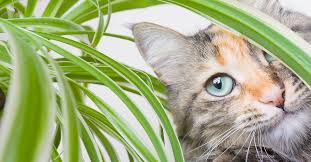
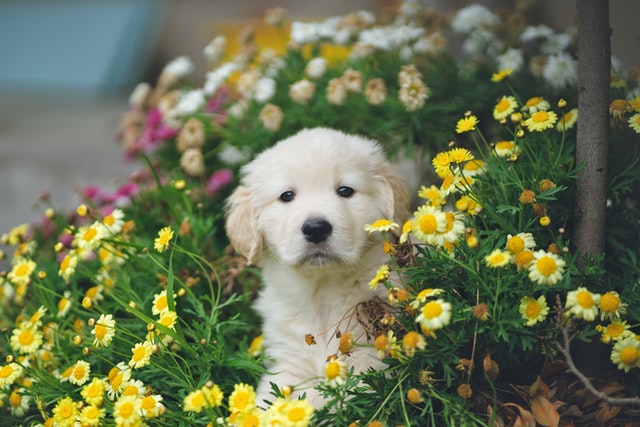
Depending on the time of ingestion, inducing vomit may be all your pet needs if brought to a vet clinic within two hours of ingestion. If it’s suspected there has been any level of digestion of a toxic plant, activated charcoal will be prescribed orally to absorb any toxins along the alimentary tract.
If your pet is symptomatic, depending on how severe their symptoms are, they will likely be kept in the clinic for intensive care overnight, or possibly for days. Your pet will be put on an IV drip to maintain their hydration levels, and potentially an IV glucose if they’re vomiting or don’t want to eat. Constant blood tests would be performed to monitor their progress of recovery, as well as the administration of necessary medication to counteract the effects of the toxicity.
For asymptomatic pets, close monitoring will be required as some toxicity symptoms may not show until a few days later. Your vet may decide to take daily blood tests to monitor the internal organ function of your pet.
Tips Preventing Dogs and Cats Getting Poisoned
The potential of your pet becoming seriously ill isn’t worth the risk, and there are many green alternatives for you to choose from that won’t pose a threat to your pet’s health.
Administering unfavorable scents or taste around plants may work as a counter conditioning technique,” however, this may also completely reverse the purpose of having a plant or flower.
Remember: Cats can jump high, so placing poisonous plants on higher shelves is no guarantee. Just saying………….I
People Food
Some of our favorite treats, like chocolate, avocado, nuts, grapes and raisins, sugar-free sweets (with Xylitol as a sugar substitute), and alcohol are all poisonous to non-humans.
Even seemingly healthy plants like onions and garlic can be toxins to pets, whose bio-chemistry and metabolism are different from ours.
Look for vomiting, breathing problems, diarrhea, or weakness as symptoms that your pet may have snuck a snack off of the counter.
House Plants
Some common poisonous houseplants include
• Azaleas,
• Lilies (especially Tiger, Day, Asiatic, Easter, and Japanese Show lilies),
• Daffodils,
• Sago palms,
• Tulips
• Hyacinths can cause anything from mouth irritation and drooling to severe stomach damage or death.
• Poinsettias, are indeed not super healthy for them, but only mildly so.
• ** See more comprehensive listing of Poisonous Plants for Pets at the bottom of this article.
Lawn and Garden Products
fertilizers,
pesticides, and
soil additives
compost ~ is also known to be poisonous to our pets. As organic elements in compost decompose, mold often grows, which if ingested, can cause vomiting, tremors and seizures.
Addendum
Flea and Tick Products
Fleas and ticks are a commonplace concern when you have pets, and we look to remedy the problem in lots of ways, from pills, collars, and topical solutions, to bringing in the exterminator for large-scale treatment. But be aware that if the fleas are dying or jumping ship, you may be using potentially poisonous chemicals. Always check the dosage to make sure that you’re not harming your pet along with the pests, and seek out green or organic treatments. There are lots of pet friendly exterminators out there who can treat your home without endangering the other inhabitants of the house.
People Medications
Never share your prescription anti-inflammatory, pain and blood pressure medications, or antidepressants with your pets.
Even common over-the-counter medications such as acetaminophen (Tylenol), ibuprofen (Advil), naproxen (Aleve), as well as common herbal supplements like fish oil can affect digestive and cardiovascular systems in our pets.
Yes, there are some people medications that can be taken by dogs (like topical ointments), always check with your vet before opening your medicine cabinet.
Pet Medications
Just like people can overdose on drugs that were intended to heal, pets can, too. Some of the vet-prescribed solutions that are ofen taken over the recommended dosage include painkillers and de-wormers. Always double check the directions for your pet’s species and weight before administering, and check with other members of your household to make sure your pets hasn’t already received their daily dosage.
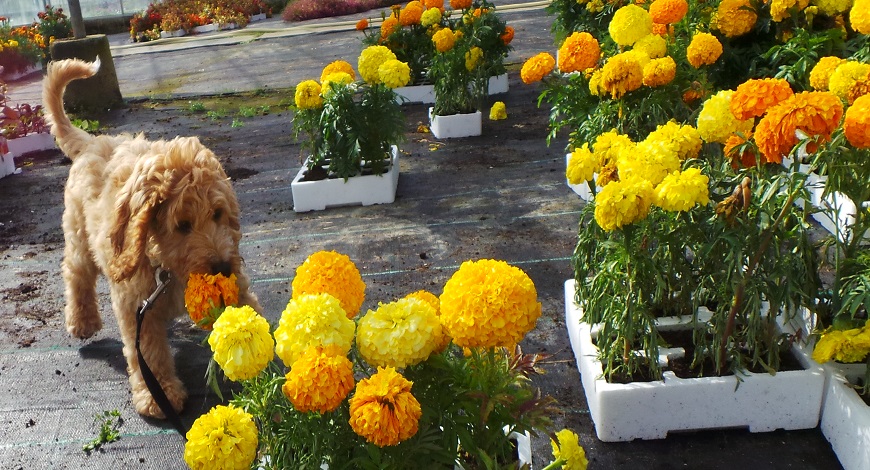
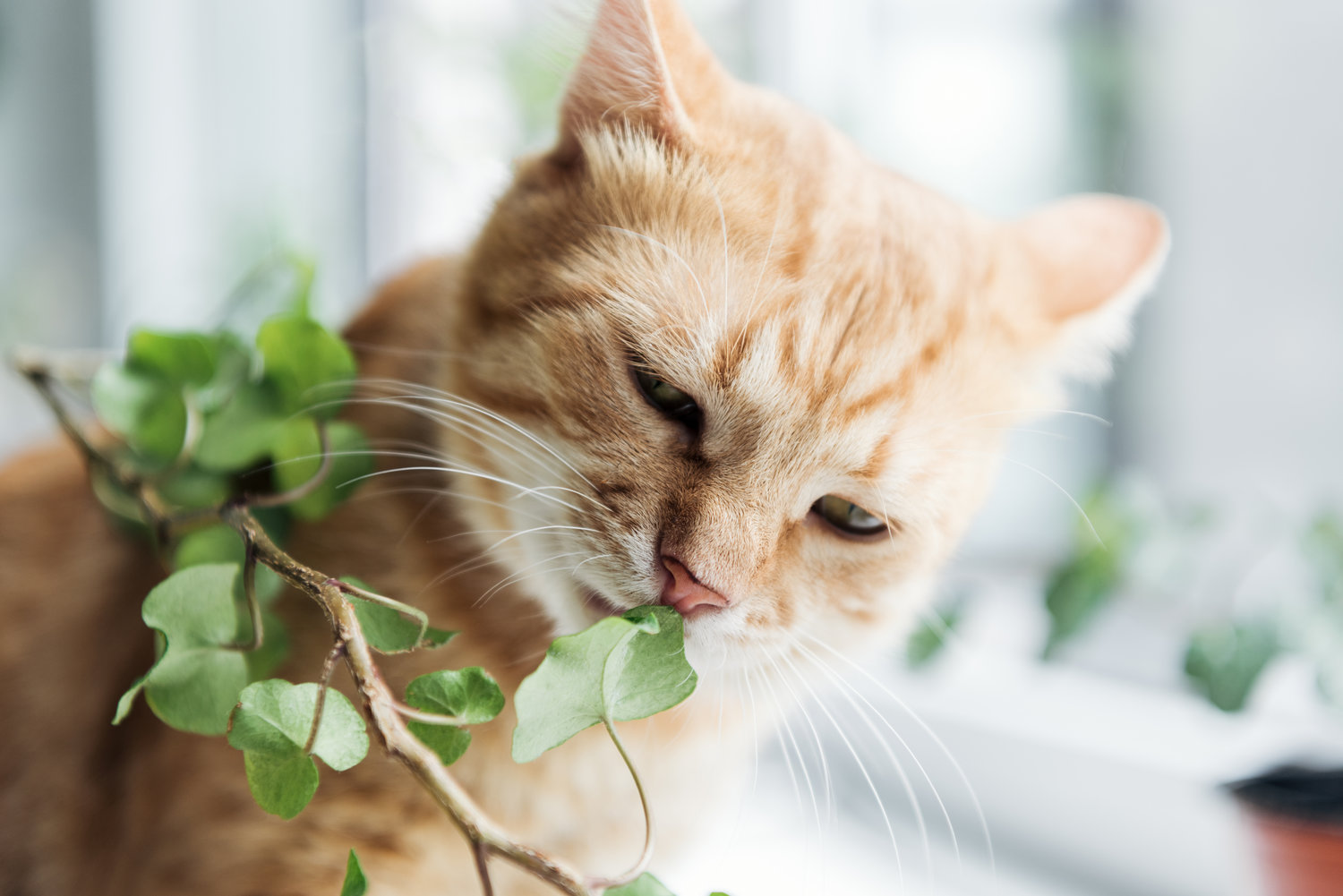
Plants that Can be Dangerous to Some Pets
Aloe: More than 500 species of aloe exist, all containing toxic saponin, which acts as a defense mechanism for the plant. Signs your pet ingested aloe include vomiting, diarrhea, loss of appetite, tremors and a change in urine color.
Amaryllis: Part of the lily family, it contains the highly toxic lycorine, which will cause your pet vomiting, depression, diarrhea, abdominal pain, hypersalivation, anorexia and tremors. This is definitely one of the plants toxic to dogs and cats.
Autumn Crocus: Another common name for this pretty pink flower is the Meadow Saffron. Although it contains colchicine, which is currently being studied as a cancer medication for humans, it is one of those plants toxic to cats, dogs and horses. Signs of ingestion include oral irritation, bloody vomiting, diarrhea, shock, multi-organ damage and bone marrow suppression.
Azalea / Rhododendron: Consisting of 250 different species, azaleas are quite common, especially in California. Despite the plant’s petite size, the flowers can cause problems in cats, dogs and horses. It contains grayanotoxin, which alters skeletal muscle, cardiac muscle and nerve function. This interaction causes a multitude of side effects which could result in coma and death.
Carnation: Who knew that the most common flower found in bouquets was among the plants toxic to dogs and cats? Although the toxic variant is unknown, carnations will cause your pet to have mild dermatitis and demonstrate mild gastrointestinal signs.
Castor Oil Plant: Typically grown in California to produce castor oil, this plant’s leaves resemble ivy. Known for its uniquely spiked seed capsules, it contains ricin, which is not only among the plants toxic to dogs, cats and horses, but humans as well. Ricin inhibits protein synthesis, and even if your pet consumes as little as one ounce, the effects can be lethal. If not treated immediately, your pet may experience convulsions, which will eventually lead to coma and death.
Chamomile: No matter how relaxing it is for you, don’t let your dog, cat or horse get a hold of your chamomile tea! This flower contains a variety of toxic components and will result in your pet experiencing contact dermatitis, vomiting, diarrhea, anorexia and allergic reactions.
Chrysanthemum: Often called “mums,” his common garden flower belongs to the daisy family, and is one of the plants toxic to dogs, cats and horses. Clinical signs that your pet has ingested chrysanthemum are vomiting, diarrhea, hypersalivation, incoordination and dermatitis.
This pretty flower, most commonly known for its vibrant buds and unique contrasting leaves, is among the plants toxic to cats and dogs. Small ingestion side effects include diarrhea, vomiting and salivation. If your pet consumes a large amount, however, your pet will experience heart rhythm abnormalities and seizures, which may eventually lead to death.
Dahlia: Another beautiful flower that ranks among the plants toxic to dogs and cats are dahlias. Although not as high in toxicity as some of the other plants mentioned, this flower will cause your pet to experience mild gastrointestinal signs and mild dermatitis.
English Ivy: This type of foliage is one of the most commonly used in households. We can see it growing along the sides of walls and fences among our backyards, making it easily accessible to our pets. It is among the plants toxic to cats, dogs and horses, and will cause them to experience vomiting, diarrhea, abdominal pain and hyper-salivation.
Eucalyptus: This plant is commonly used in many oils that we humans use for aromatherapy and skin care products. However, it is among the many plants toxic to dogs, cats and horses. If your pet consumes this plant, they will experience salivation, vomiting, diarrhea, depression and weakness.
Foxtails: Foxtails are not a plant you would purchase, but in certain states, in warmer months they can be seen everywhere. A foxtail is a “spikelet” that grows on certain types of grasses and attaches to your pet with special barbs. A foxtail can work itself under the skin causing internal damage and death.
Gladiolus: This, too, is one of the plants toxic to dogs and cats. Ingesting any part of this plant will cause your pet to experience salivation, vomiting, drooling, lethargy and diarrhea. However, the highest concentration of its toxic component is in the buds.
Hibiscus: If your pet eats this tropical-looking flower, they will experience vomiting, diarrhea, anorexia and nausea.
Holly: This plant, found in many of our holiday decorations, contains a low toxicity in its berries and leaves. However, it is still among the plants toxic to cats, dogs and horses, and will cause them to experience vomiting, diarrhea and depression if ingested.
Kalanchoe: There are over 125 different species of kalanchoe and they all look very different! Kalanchoe is among the plants toxic to dogs and cats alike, and most commonly will cause them to experience vomiting and diarrhea. In rare cases, your pet may experience an abnormal heart rhythm.
Lilies: While flowers derived from the lily family are toxic to many species of animals, the most common lily that we all know and love is toxic to cats only. If your feline ingests this flower, they will experience kidney failure which, if not treated quickly, may result in death.
Marijuana: The Delta-9-THC that exists in marijuana, which causes an altered state of mind in humans, has the same altered-state effect in dogs, cats and horses. However, this effect is not good for animals, making marijuana one of the plants toxic to dogs, cats and horses. You can tell if your animal comes into contact with this common drug by seeing them experience prolonged depression, vomiting, heightened excitement and/or sleepiness, incoordination, hypersalivation, dilated pupils, low blood pressure, low body temperature, seizures and a possible comatose state. In rare occasions, ingestion of marijuana has resulted in animal death. Keep the brownies for human consumption only!
Milkweed: There are many different species of milkweed; however, this plant is most commonly known for its hollowed filaments covered in wax. It is the plant that is most commonly cultivated for the stuffing in our pillows! Although this plant sounds cute and harmless, it is another one of the plants toxic to dogs, cats and horses ~ but not butterflies. It will cause them to experience side effects which may result in seizures, difficulty in breathing, weak pulse, dilated pupils, kidney or liver failure, a comatose state, respiratory paralysis and death.
Morning Glory: Morning Glories come in over 1,000 varieties. This beautiful flower contains hallucinogenic alkaloids in its seeds. If ingested, it can cause your pet to experience gastrointestinal upset, agitation, tremors, disorientation, ataxia and loss of appetite. In some cases it may cause diarrhea. This is one of those plants that you really have to watch out for, because many of these side effects can go unnoticed.
Mulch: That’s right, you don’t just have to worry about plants toxic to dogs and cats. Many other natural materials are toxic too. Don’t worry too much when it comes to mulch, though, as not all fertilizers are toxic to your pets. However, cocoa mulch, typically sold at many home improvement stores, is toxic. It contains theobromine, found also in chocolate, and has the same side effects that would occur from the consumption of chocolate.
Oleander: This typical Californian plant, known for its long stiff leaves, contains a component known as cardiac glycoside, which means it is one of the plants toxic to cats, dogs and horses. Although this component is used in medicine to treat cardiac failure in humans; in pets, cardiac failure may be the result. Signs that your pet has ingested this highly toxic plant are colic, diarrhea (possibly containing blood), sweating, incoordination, difficulty breathing, muscle tremors, the inability to stand and as mentioned before, cardiac failure which may result in death.
Peace Lily: A popular houseplant and common bouquet filler, the peace lily is known for its single spiky spades, surrounded by a single white, yellowish, or greenish leaf. It’s also one of the plants toxic to dogs and cats. If your pet consumes this, you will notice them experiencing oral irritation, intense burning of the mouth, tongue and lips, excessive drooling, vomiting and difficulty swallowing.
Poinsettias: Myth/Fact?…..Are poinsettias poisonous to cats? As it turns out, despite their fierce reputation for making kitties sick, they’re actually one of the weaker offenders on this list. However, while generally overrated in toxicity, poinsettias do contain sap that may cause irritation to the mouth and stomach, and possible vomiting.
Pothos: An ivy plant, most commonly found inside the house as decoration. This is definitely one of the plants toxic to dogs and cats. If your pet ingests this, the side effects include: oral irritation, intense burning and irritation of the mouth, tongue and lips, drooling, difficulty swallowing and vomiting.
Rubber Plant: Not all rubber plants are toxic to your pets. It depends on the genus and species. Rubber plants from the Peperomia genus are not highly toxic to your pets, however, they may cause a mild stomachache. Other rubber plants, such as the Japanese Rubber Plant, are among the plants toxic to cats and dogs, and may cause diarrhea, vomiting, depression and lack of coordination.
Sago Palm: Another plant that many of us use in our landscapes is the Sago Palm. Although difficult to ingest, if your animal gets a hold of this plant, it could be fatal. This is among the plants toxic to dogs, cats and horses in an extreme way. Signs of consumption include vomiting, bloody stools, jaundice, increased thirst, hemorrhagic gastroenteritis, bruising, bleeding disorders, liver damage, liver failure and death.
Schefflera: More commonly known as the Umbrella Tree, this tropical-looking plant is definitely among the plants toxic to cats and dogs. It contains calcium oxalate crystals, which is a common cause of human kidney stones! This toxic component is found in every part of the tree and will cause your pet to experience oral irritation, excessive drooling, vomiting, difficulty swallowing and intense burning of the mouth, lips and tongue.
Shamrocks: Consider your pet unlucky if they get a hold of a shamrock. This is one of the many plants toxic to dogs, cats and horses. Although only slightly toxic in small quantities, a large consumption of this plant by your animal can produce colic (in horses), and possible kidney failure (in all three types of animal). Don’t let this dampen your St. Paddy’s Day celebrations!
Spinach: Who Knew? Spinach does contain a small amount of calcium oxalates, which could potentially cause the formation of crystals in the urinary tract of an unhealthy cat. If your cat has a history of urinary problems, Popeye’s favorite meal should be avoided completely!
String of Pearls/Beads: Known for its white flower buds, with tiny, purple bead-like structures standing up from the bud, this flower is toxic to cats, and possibly dogs. Symptoms include diarrhea, vomiting, muscle convulsions, loss of appetite and abdominal sensitivity.
Tulip/Narcissus Bulbs: Tulips are some of the most common plants that we try to cultivate ourselves, but they are actually one of the plants toxic to dogs, cats and horses. They contain a toxic component called tulipalin A and B which, if consumed, will cause vomiting, depression, diarrhea and hypersalivation in your dog, cat or horse. The highest concentration of tulipalin A and B exists in the bulb of the tulip, so keep your furry friends away!
Yew: Used in many Japanese-inspired gardens, the yew is definitely high up on the list of plants toxic to cats, dogs and horses, and can even be fatal. Onset signs of ingestion include muscular tremors, shortness of breath and seizures (in dogs). The fatality that may occur from consumption is sudden death from acute cardiac failure.
Yucca: Yucca is native to hot and dry climates in North America. They’re beautiful plants toxic to dogs, cats and especially horses, unfortunately. Ingestion of yucca causes different side effects depending on the animal. Dogs and cats will experience vomiting and diarrhea. Grazing animals, like horses, are even more vulnerable and will experience liver disease and secondary photosensitivity.
As the old saying goes, an ounce of prevention is worth a pound of cure.



